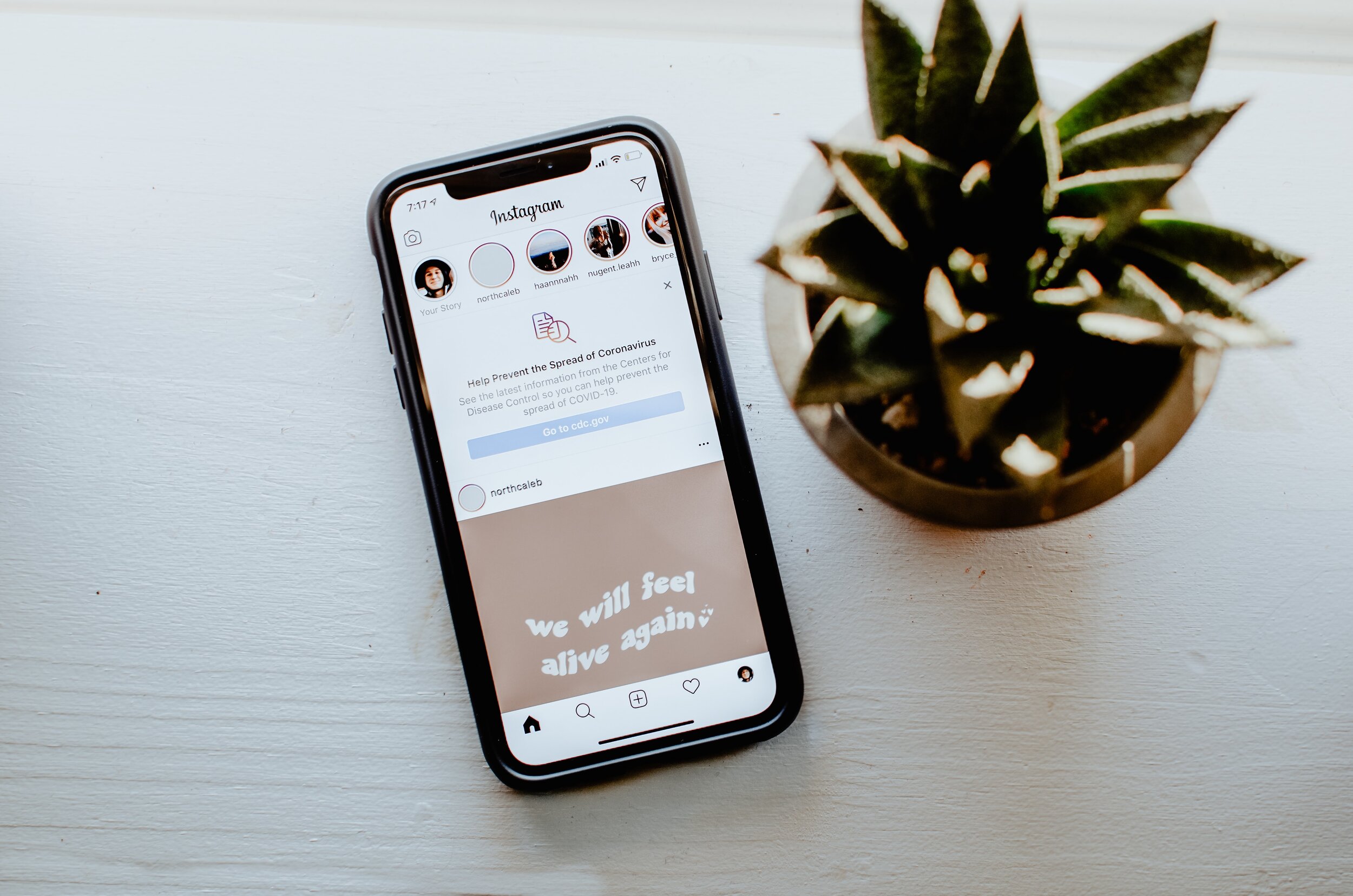Getting Comfortable Being Uncomfortable
Jill Stoddard
By Annabelle Parr, MA, AMFT
One of the main goals in Acceptance and Commitment Therapy (ACT) is to help clients get comfortable being uncomfortable. This may sound strange at first, after all isn’t therapy meant to help alleviate suffering? So why would an evidence-based treatment model suggest that we get comfortable being uncomfortable?
Because the struggle to get rid of pain often comes at a cost.
When our energy and attention are wrapped up in trying to move us away from discomfort, several things typically happen:
First, the attempt to avoid discomfort or anxiety works. We get an instant sense of relief. This is really rewarding to our brains and our bodies, and because it is so rewarding it can make us more likely to choose that avoidance again in the future.
But relief is usually only temporary. In the long run, anxiety finds a way of returning. And when it comes back, it is sometimes even stronger than before. When we avoid the things that make us feel anxious, we reinforce the story our minds tell us that anxiety is unmanageable and that we are in danger.
Third, and possibly most importantly, in the fight to try to make anxiety go away it’s easy to lose sight of what is most meaningful and important to us in our lives. Our behavior becomes about trying to get rid of discomfort rather than about being present to and doing the things that matter to us.
There is a Buddhist saying that helps explain the high price of avoidance:
Pain x Resistance = Suffering
Anxiety and other painful emotions are really uncomfortable, and they are an inescapable part of the human experience. When we try to resist or avoid that pain, instead of allowing it to be as it is and continuing to engage in valued actions, our discomfort escalates into suffering. Maybe that suffering looks like worrying about the fact that we are anxious. Maybe it involves our minds beating us up for the fact that what we are experiencing is not easy, the way it seems to be for others. Maybe that suffering involves feeling unable to connect with something important to us. When we choose a different response and drop the resistance to our pain, we can reduce that suffering.
The alternative to resistance is willingness.
Willingness is getting comfortable being uncomfortable and allowing our internal experience to be as it is without trying to control or change it. When we are no longer caught trying to wrestle with and get rid of our anxiety, we get to choose what we do instead.
We can decide to be brave and take a flight to go visit family we haven’t seen in years.
We can decide to be vulnerable and go out on a first date.
We can decide to be bold and ask for a raise.
We can decide to take care of ourselves and schedule that check up, or take care of others and go donate blood.
We can love more deeply, fully, and wholeheartedly when we are willing to allow the possibility or even the probability that we may one day lose those we love.
When we are comfortable being uncomfortable, our life expands. We can allow ourselves to care deeply about what matters most in our lives. We get to make a choice about who and how we want to be in the world, and about what actions are important enough to us to allow ourselves to feel the pounding heart, sweaty palms, shaky legs, racing mind that comes with anxiety.
CSAM IS HERE TO HELP
If you or someone you love needs support and might benefit from cognitive behavioral therapy (CBT) or acceptance and commitment therapy (ACT) for anxiety, panic, phobias, stress, PTSD, OCD, uncertainty or stress related to COVID-19, or if you would like more information about our telehealth services, please contact us at (858) 354-4077 or at info@csamsandiego.com






















